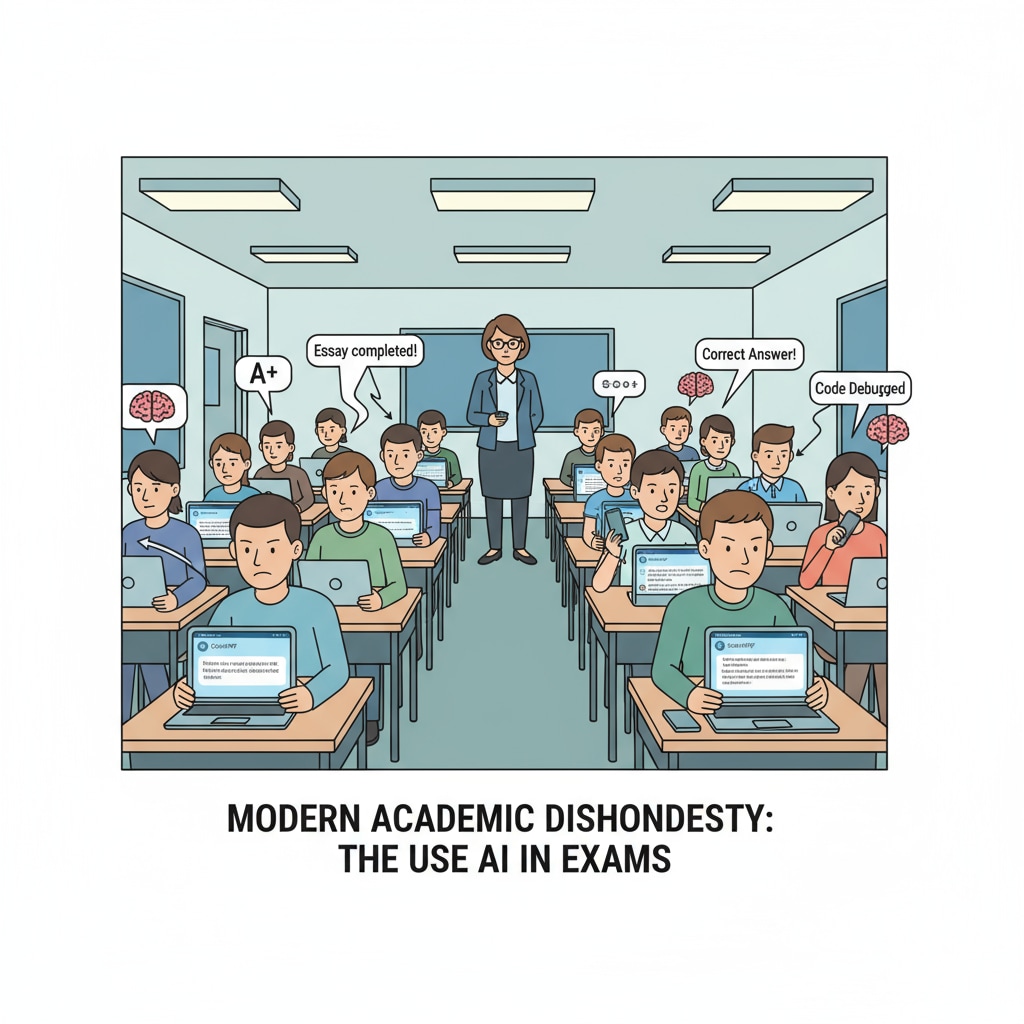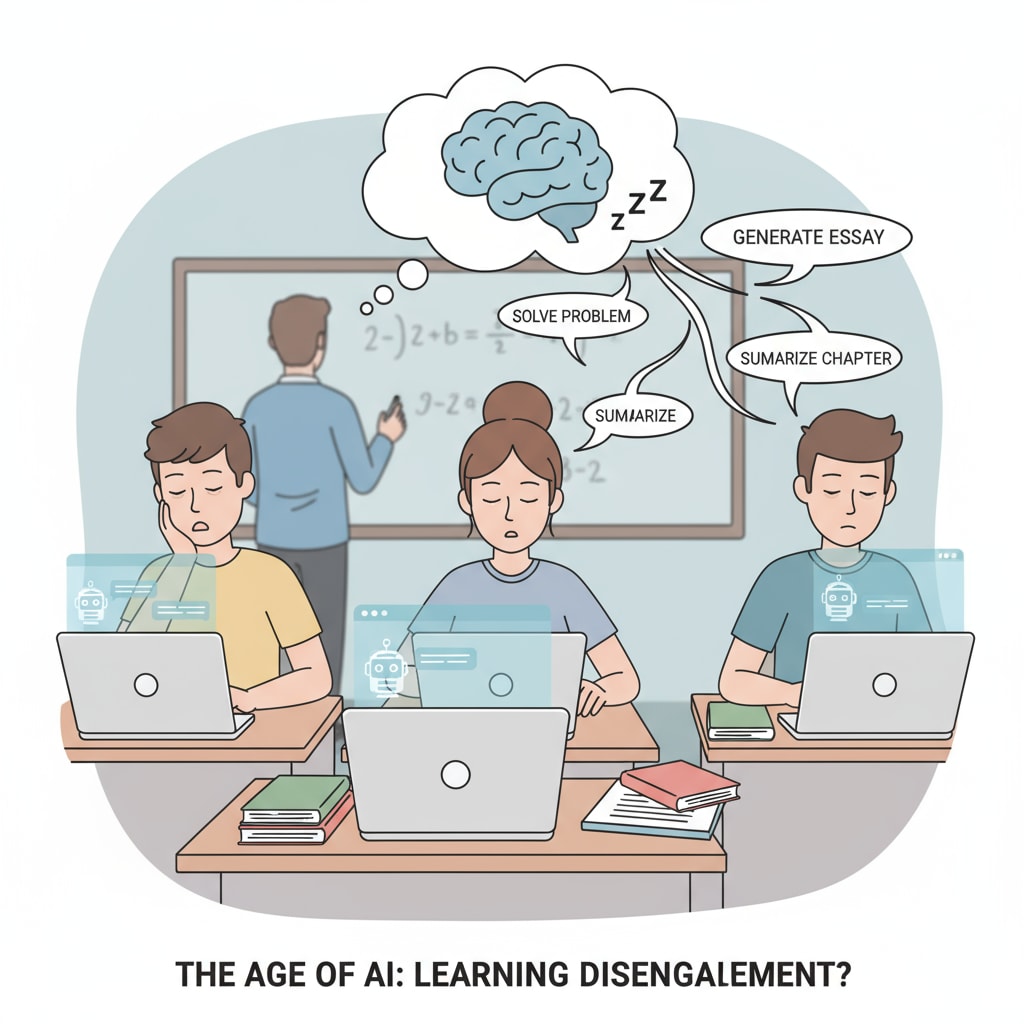ChatGPT, a powerful artificial intelligence tool, has raised significant concerns in the field of education due to its potential for being misused as a cheating device. In the realm of K12 education, where the foundation of learning is laid, this emerging trend of using AI for academic dishonesty is becoming a matter of great worry.

The Alarming Spread of AI-Assisted Cheating
The accessibility and capabilities of ChatGPT have made it an attractive option for some students looking to take shortcuts in their academic tasks. For example, students can now ask ChatGPT to write essays, solve math problems, or complete assignments, bypassing the learning process. This not only undermines the educational system but also hinders students’ development of critical thinking and problem-solving skills. According to Educause, an organization focused on education and technology, the misuse of AI in education is on the rise, and it’s a trend that educators and parents cannot ignore.
Impact on Students’ Learning
When students rely on ChatGPT to complete their work, they miss out on the opportunity to engage with the material deeply. Learning is a process of struggling, making mistakes, and gradually understanding concepts. By using AI to cheat, students are essentially robbing themselves of this growth experience. Moreover, in the long run, they may find themselves ill-prepared for more advanced studies or real-world challenges. As stated by the National Education Association, true learning comes from active participation, not from using tools to bypass the learning process.

The implications of AI-assisted cheating are far-reaching. It not only affects individual students but also the overall integrity of the educational system. If cheating becomes widespread, the value of diplomas and academic achievements will be diminished. Therefore, it is crucial that educators, parents, and technology developers work together to address this issue.
Readability guidance: The paragraphs are kept short to enhance readability. Key points are presented clearly. Transition words like ‘for example’ and’moreover’ are used to connect ideas. Each H2 section focuses on a specific aspect of the problem, and external links are provided for further reference.


